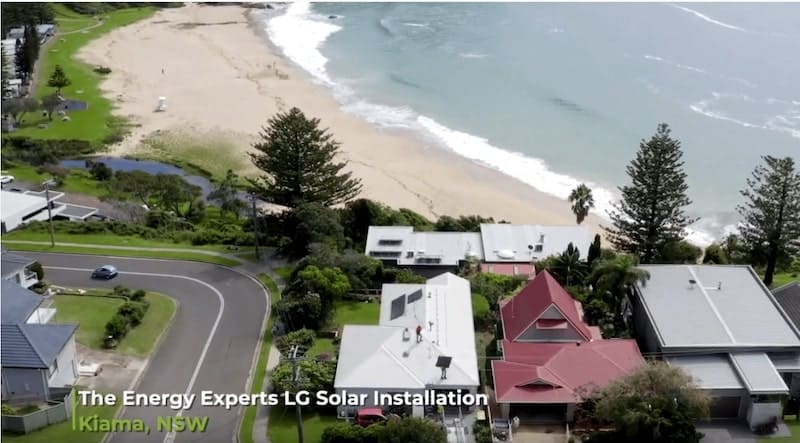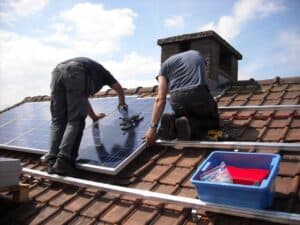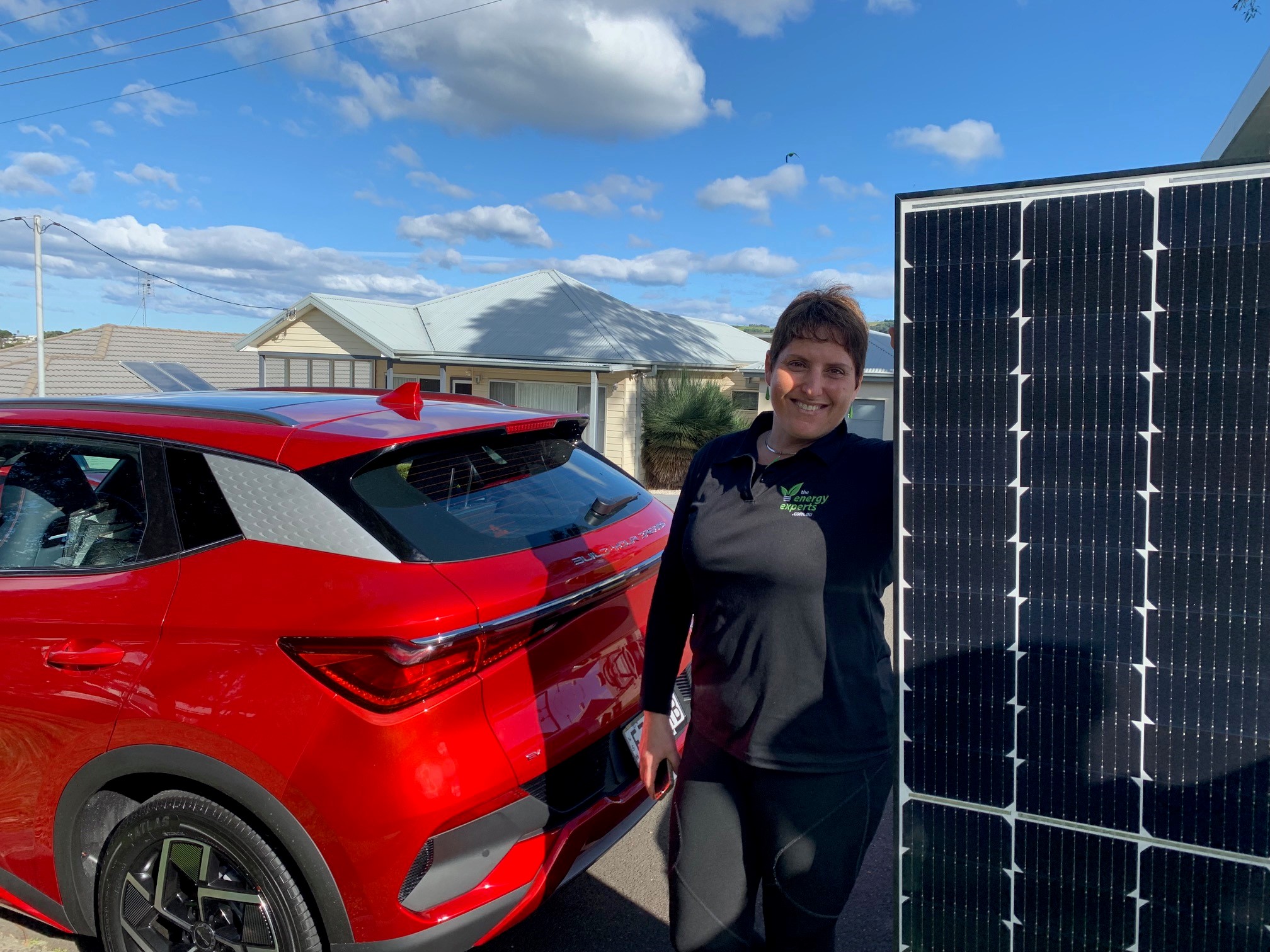Solar installations have reached record numbers in Australia. In fact, the latest data shows Australians are three times more likely to have a solar photovoltaic (PV) system than they are to have a backyard swimming pool.
But it’s not just the number of installations that have grown. The average size of people’s solar systems has also increased, reaching a new record in December 2023 of 10.47kW.
People are installing bigger systems because they’re either factoring in an electric vehicle now or in the near future, they want to migrate away from gas to ‘electrify everything’ or they’re no longer getting the fabulous Solar Feed-In Tariffs they used to receive for their surplus solar energy.
Cost of electricity
The No. 1 driving force behind people installing larger solar power systems has been the increase in electricity prices across the country.
The Australian Energy Regulator approved increases of up to 25% for consumers in some locations and 28% for small businesses. The Energy Experts has seen increased tariffs of up to 50% from some energy providers, compared to 2022 prices.
As a result of these price hikes, more people are turning to larger solar power systems, as well as battery storage to ‘fix’ the cost of electricity for good.

Cost of solar systems
The cost of solar panels has decreased quite significantly over the last few years. An increase in manufacturing capacity globally has meant more panels are being produced quicker, leading to an oversupply in the market, which has driven down costs.
The cost of raw materials used to make solar panels like polysilicon also decreased throughout 2023.
With the price of panels down, installing a larger system today costs a similar amount to a smaller system just one year ago.
According to solar consultancy SunWiz, consumers are spending the same amount as they were before. PV systems have declined in price-per-watt, and households have invested their savings into a larger system.
Battery storage
In addition to panel pricing coming down, the price of a home battery has recently dropped by a couple of thousand dollars as a result of lithium prices reducing over the last year.
About 180,000 of Australia’s 3.7M solar-powered homes are now equipped with batteries.
In 2023, there was a massive spike in battery uptake, with around 50,000 home batteries installed. This aligns exactly with when power prices increased and Solar Feed-In Tariffs (FiTs) reduced.
FiTs are set to reduce even further in 2024, which is expected to lead to more households choosing to install batteries that allows them to be more energy independent, by storing their surplus energy and use this at a time when the sun’s not shining.
Households with larger solar systems are typically installing larger battery storage systems to self-consume as much of their free energy as possible, rather than feed it back into the grid where they will be paid less than ever before.
The other catalyst that is leading to increased battery installations is network operators proposing to introduce a two-way charging model over the coming year.
Solar owners are currently being paid a low rate for exporting surplus solar energy to the grid during the day. Instead of this model, it’s proposed that solar households will start being charged for exporting surplus solar energy to the grid during the day and will only be offered feed-in credits from 3pm to 8pm.
Households are getting batteries to be more energy independent and because they don’t want their energy provider controlling the amount of power that can be fed back into the grid or charging them for exporting power at certain times.

If you like the idea of creating your own mini power station on your property, get in touch to request a quote on a residential solar power or battery storage system. Call 1300 516 474, email save@theenergyexperts.com.au, or fill out this form.















